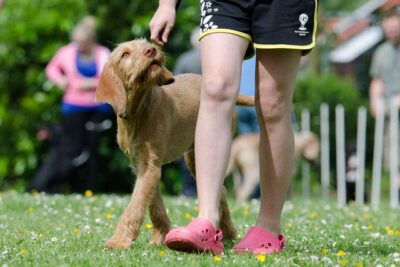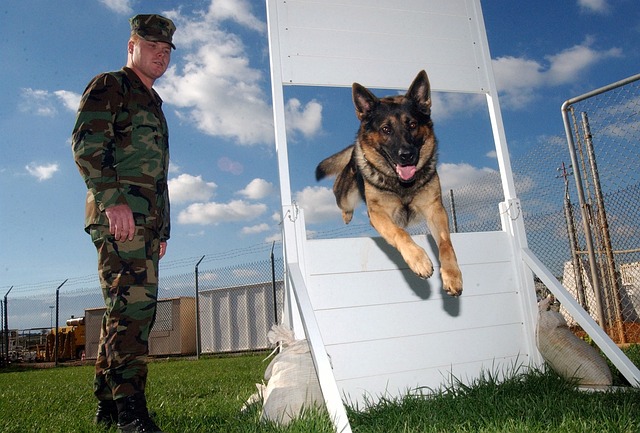



The United States Army has a long history of utilizing dogs in various roles within the military. These highly trained and skilled canines play a crucial role in supporting and protecting soldiers in a wide range of operations. Each year, the United States Army recruits approximately 2,300 dogs to join their ranks and serve alongside their human counterparts.
The process of selecting and training military dogs is a rigorous and thorough one. The United States Army has a specialized program known as the Military Working Dog (MWD) program, which is responsible for the recruitment, training, and deployment of these canine soldiers.
The selection process begins with evaluating potential candidates for their physical and mental capabilities. The dogs undergo a series of tests to assess their agility, endurance, intelligence, and temperament. Only those dogs that meet the stringent criteria set by the Army are selected for further training.
Once selected, the dogs undergo an intensive training program that lasts for several months. They are trained in a variety of skills, including obedience, search and detection, patrol work, and specialized tasks such as bomb detection or tracking. The training is conducted by experienced handlers who work closely with the dogs to develop their skills and ensure they are ready for deployment.
Military dogs serve in a wide range of roles and have diverse responsibilities within the United States Army. Some of the common roles include:
1. Patrol and security: These dogs are trained to protect military installations, detect intruders, and apprehend suspects. They are highly skilled in patrol work and can effectively assist in maintaining security.
2. Search and detection: Dogs trained in search and detection are invaluable in locating explosives, narcotics, and other contraband. Their keen sense of smell and ability to detect even trace amounts of substances make them an essential asset in military operations.
3. Tracking and reconnaissance: Military dogs are trained to track and locate individuals or objects. They can be deployed in various scenarios, such as locating missing soldiers or tracking down enemy combatants.
4. Therapy and support: Some military dogs are trained to provide therapy and support to soldiers suffering from physical or psychological trauma. These dogs offer comfort and companionship, helping to improve the well-being of soldiers.
The United States Army recognizes the invaluable contributions of their canine soldiers and provides them with comprehensive support and care. Military dogs receive top-notch veterinary care, including regular check-ups, vaccinations, and medical treatment when needed. They are also provided with specialized diets to ensure their optimal health and performance.
In addition to physical care, military dogs are given ample opportunities for exercise, play, and socialization. They are provided with comfortable living quarters and are cared for by dedicated handlers who form strong bonds with them.
Upon retirement, military dogs are given the opportunity to be adopted by their handlers or by loving families who are willing to provide them with a forever home. The Army ensures that these retired dogs are well taken care of and can enjoy a peaceful and comfortable life after their years of service.
The use of military dogs has proven to be highly effective and impactful in various military operations. These dogs possess unique abilities and skills that complement the capabilities of human soldiers. Their keen senses, agility, and loyalty make them invaluable assets in enhancing the safety and security of military personnel.
Military dogs have played a crucial role in detecting explosives, saving countless lives by preventing potential attacks. Their ability to locate hidden contraband has also been instrumental in disrupting illegal activities and ensuring the safety of military installations.
Furthermore, the presence of military dogs has a psychological impact on both friendly forces and potential adversaries. The mere presence of a highly trained and alert dog can act as a deterrent and provide a sense of security to soldiers.
The United States Army is continuously exploring ways to enhance the capabilities of their military dogs. Research and development efforts are focused on improving training techniques, harnessing new technologies, and expanding the roles that these dogs can perform.
Advancements in areas such as artificial intelligence, robotics, and sensor technology are being integrated into the training and equipment of military dogs. These advancements aim to further enhance their abilities in areas such as detection, surveillance, and communication.
The United States Army recognizes the immense value that military dogs bring to their operations and remains committed to investing in their training, care, and well-being. These loyal and dedicated canines continue to play a vital role in supporting and protecting the soldiers of the United States Army.
Leave a Reply
Related posts